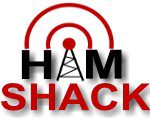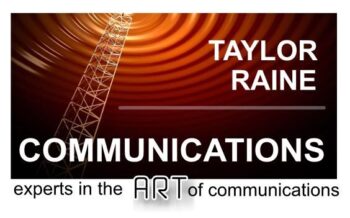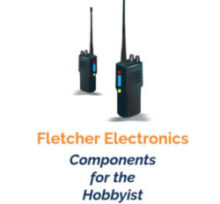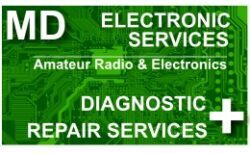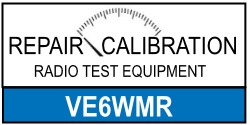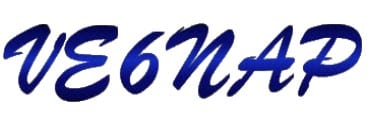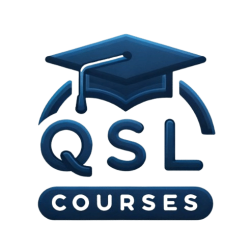
question specific learning
Transforming Knowledge Into Understanding
Hamshack.ca is completing the fully updated Basic Amateur Radio Course, built from the ground up to match the latest ISED syllabus and question bank. The new course is now in the final QA and testing stage, with launch expected shortly. It features clear, easy-to-follow lessons, embedded answers, interactive quizzes, real-world examples, and full mobile compatibility — everything you need to prepare confidently for your Basic Qualification.
The Advanced Amateur Radio Course remains fully available and unchanged. It continues to use the proven QSL (Question Specific Learning) methodology to provide deeper understanding, exam-focused content, and a highly structured learning path designed specifically for Canadian operators who want to upgrade their certification.
Contact VE7DXE
Contact VE7DXE for enrollment details and course reservations.
Log into your hamshack.ca account to access the QSL Advanced Course. Don’t have an account? No problem, request an account here. Good luck with your studies!
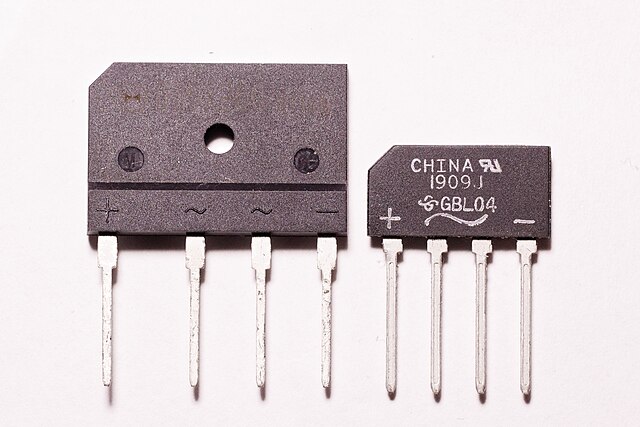
4.1. transformer and rectifier circuits, voltage doubler circuit, PIPs
The ‘4.1 Transformer and Rectifier Circuits, Voltage Doubler Circuit, PIPs‘ course is the first in the Power Suppliers section at Hamshack.ca, employing the Question Specific Learning (QSL) strategy to dissect complex concepts essential in electrical and electronic engineering, with a special emphasis on ham radio applications. This chapter embarks on a comparative analysis of various rectifier types, including bridge, half-wave, and full-wave center-tap rectifiers, to identify the configuration that offers the highest average output voltage. It further examines the critical role of peak inverse voltage (PIV) in rectifier circuits, crucial for crafting dependable power supplies. The exploration extends to full-wave voltage doublers, highlighting their effectiveness in maximizing AC wave utilization. Additionally, the chapter brings measurement tools like dip meters into focus, underscoring their importance in the fine-tuning and troubleshooting of resonant circuits, as well as in ensuring the accuracy of frequency measurements. Through detailed discussions, real-life applications, and practical insights, this course is designed to enrich learners’ comprehension of foundational power supply concepts, fostering a deeper grasp of electronics and radio communication.
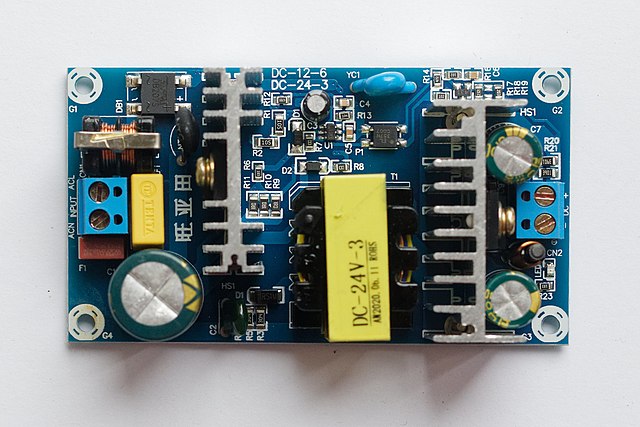
4.2. filter circuits, bleeder resistor functions
The ‘4.2 Filter Circuits and Bleeder Resistor Functions‘ course, a key component of the Power Suppliers section at Hamshack.ca, adopts the Question Specific Learning (QSL) methodology to navigate the intricacies of filter circuits and bleeder resistors in power supply systems, crucial for electronics and ham radio endeavors. This chapter starts with an analysis of filter chokes’ ratings, which play a pivotal role in minimizing ripple voltage in power supply circuits. It then ventures into the comparative study of various rectifier and filter setups, focusing on their contributions to voltage stability and ripple attenuation. A particular emphasis is laid on the benefits of different filter designs, such as capacitor input and choke input filters, and their influence on the efficiency of power supplies. Additionally, the chapter highlights the indispensable function of bleeder resistors in ensuring operational safety by discharging capacitors and aiding in voltage regulation. Grasping these components and their functionalities is vital for professionals engaged in the creation, optimization, or troubleshooting of electronic systems, as these elements substantially dictate the power supply’s performance, reliability, and safety standards.

4.3. linear and switching voltage regulator circuits
The ‘4.3 Linear and Switching Voltage Regulator Circuits‘ course, part of the Power Suppliers section at Hamshack.ca, leverages the Question Specific Learning (QSL) approach to explain the principles behind linear and switching voltage regulator circuits, essential for maintaining stability in electronic systems, including ham radio setups. The chapter opens with an examination of linear voltage regulators, detailing how they modulate the conduction of a control element to ensure a steady output voltage. It contrasts these with switching regulators, which achieve high efficiency through the rapid toggling of a control device. Discussions extend to the role of Zener diodes in providing a stable reference voltage for linear regulators, the efficiencies and use cases for series versus shunt regulators, and the role of remote sensing in achieving precise voltage control. Further, it delves into the design and categorization of electronic voltage regulators, including three-terminal regulators, shedding light on their operation, applicability, and the decisive factors for their selection in electronic projects. This comprehensive exploration arms learners with the critical understanding required to navigate the complexities of voltage regulation, empowering them to make informed decisions in circuit design and troubleshooting.
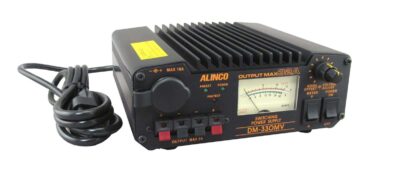
4.4. regulated power supplies Transmitters, Modulation, and Processing
The ‘4.4 Regulated Power Supplies – Transmitters, Modulation, and Processing‘ course, part of the Power Suppliers section at Hamshack.ca, uses the Question Specific Learning (QSL) method to simplify the concepts of regulated power supplies used in electronics, including transmitters and signal processing. Starting with series-regulated power supplies, it breaks down how the system manages power and maintains steady voltage and current, even when the demand changes. The course then looks at the key parts and their roles, like fuses for safety, capacitors for smoothing out voltage, and diodes for preventing damage from reverse currents. Understanding these basics is essential for anyone working with electronic gear, especially when precise voltage control is needed for clear communication or detailed signal handling. This course is designed to make the technical details of power supply regulation more accessible, providing the insights needed to design or work with these systems effectively.
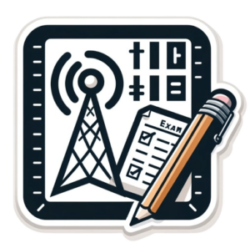
Power Supplies Exam
The 8.1.4 Power Supplies Practice Exam is a comprehensive exam which covers everything from transformer and rectifier circuits to regulated power supplies, designed to challenge and refine your knowledge in power supply technology. With 25 questions, multiple attempt flexibility, and direct course review links, it’s the perfect tool for anyone aiming to ace their Advanced Amateur Radio certification or enhance their equipment troubleshooting skills. Start your journey to mastering power supply systems and ensure the reliability of your radio setup today.
Hamshack.ca provides original, Canadian-focused amateur radio training through its Basic and Advanced Courses, along with new courses currently in development. All instructional text, explanations, diagrams, illustrations, quizzes, assessments, and related materials have been developed exclusively for Hamshack.ca learners and form a complete proprietary educational system.
© All course content—including lessons, graphics, instructional methods, practice exams, and supporting materials—is fully copyrighted and protected under intellectual property law. Users receive a personal, non-transferable license to access the material for their own learning. Copying, sharing, redistributing, republishing, or using any part of the course content for commercial or instructional purposes is strictly prohibited without written permission from the site owner.
For full details on usage rights and restrictions, please refer to the Hamshack.ca Terms of Use.
